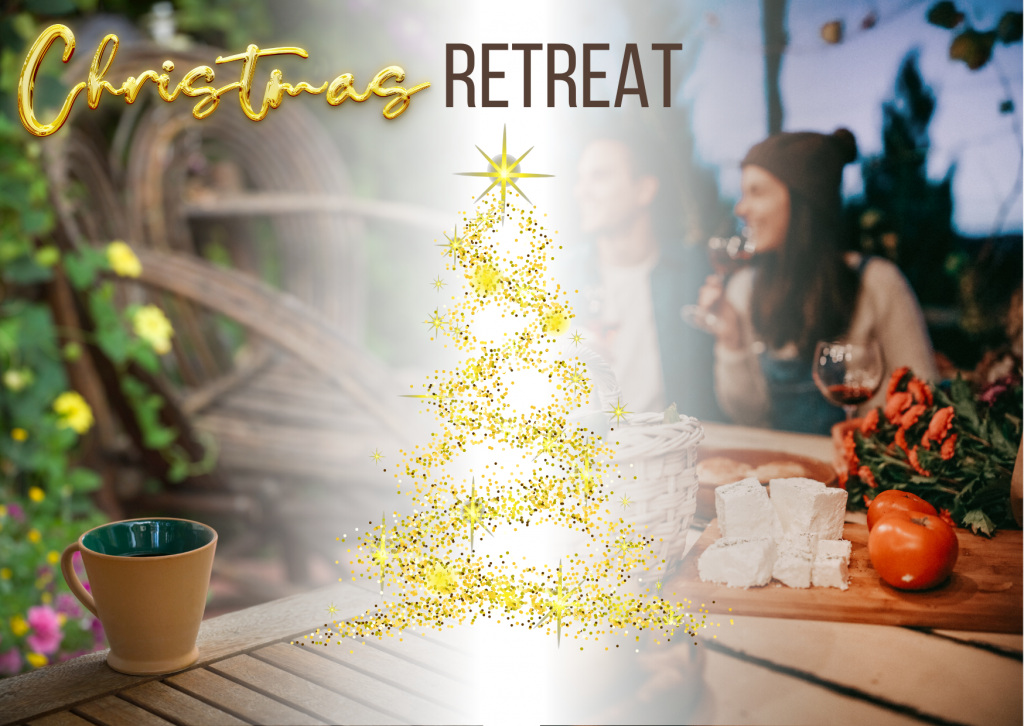
17 Jan How To Organize your Next wellness Retreat in a Nutshell
Since the relaxation of the travel restrictions from the Covid19 pandemic, every man and their dog want to escape to shores further afield, explore new places and gain new experiences. Retreats are absolutely rife at the moment and the demand for quality retreats is rising by the minute. You only need to look on social media to come across a tonne of different retreats from anyone from writers, photographers, artists, spiritual leaders, runners, cyclists and of course, Pilates and Yoga !!!!
This group style vacation generally comes with a purpose in mind and must be carefully planned and executed. With a successful retreat, shared relationships will help energize the group and come up with ways to pursue the shared interest.
This is the opportunity for people to get together and feel inspired to share experiences, learn and improve their networking and social possibilities whilst enjoying a vacation. Most of my retreat attendees go home and feel totally inspired to do bigger and better things when they get back home.
So how do you plan a knock-out retreat which keeps clients wanting more and returning back?
One word! Create transformations!

Here’s what else you need to know to pull a retreat together:
Plan ahead. I plan my big retreats 6 months in advance. Smaller, more intimate ones which are much closer to home can be planned with 2 – 3 months ahead of your retreat start date.
Work with the group’s budget. When it comes to cost, retreats can be scaled up or down in price. A less expensive retreat might involve a modestly-priced house rental that is relatively close to all guests, and offer more basic meal options. If cost is less of an issue, a more exotic or historical location — a more luxurious hotel or rental property — and bringing on a specialist to facilitate some of the events are options.
Don’t make it too long. As long as you’re not traveling internationally, four days seems to be the sweet spot for a good retreat. If you are looking to cross continents, don’t attempt to make the retreat too short. People will be spending decent money to spend time with you and with jet-lag and long flights, they might arrive cranky at the retreat location. So allow the first few days for them to settle in. I suggest you give a week-long retreat in this case.
Focus on your demographics. Some people don’t mind attending retreats with mixed genders, whilst some retreats are purely focused on women only or men only. It stands to reason that you would then need to focus on your specific gender when planning your activities. Another important thing here is the age bracket you are marketing to. Do you intend to attract a specific type of person, which wants lots of action and activity but don’t care about the quality of accommodation, or would you rather cater for the 50+ or 60+ who are perhaps willing to pay more for exquisite service.
Check your numbers. A retreat should have no more than 12 people for the sake of intimacy and for logistical reasons. If you’re going out to dinner with more than 12 people, it’s much harder to arrange, and there’s more room for complaints. Keeping it in the 10 – 12 people range will give you the ability to offer a more boutique personalised experience, where you are more guaranteed to fulfil your commitment to whatever transformation you offered your participants.
Find a neutral location. It would be great to host your retreats in your own property to give a more personalised service. If that’s not a possibility reach out to family, friends or colleagues (even in the Pilates world!) who have a place big enough for hosting your planned events but intimate enough for everyone to enjoy their own bedroom at the end of a communal day.
Seek a place that’s near some sort of physical activity, nature preferably. It is true what they say that mother nature is a natural healer. Simply walking on grass and earth creates that powerful connection to the body and starts firing and wiring the human brain cells. If you don’t have that option, opt for a place that has good access to outdoor activities such as hiking, horseback riding, swimming or beach activities. If your retreat involves lots of brain usage (maybe involving a teaching workshop), it is important to get out of your head and into your body (even if you’ve been working out in the studio). You need to get the fresh air, so that you’re not in your head all day. Move outdoors, stretch and take lots of walks or hikes.
Set a the right agenda. I could go on forever on this. Some people love lots of activity in their retreat, yet others just want to chill. Finding the right balance is hugely important. You could start by asking your participants to share what they know during the retreat experience (simply practising the Pilates exercises they have been doing for years is a form of sharing their knowledge) and learn new exercises and techniques during the retreat. I have hosted a tonne of teaching retreats and experiences to both clients and teachers and make sure that everyone has gone away with something else in their box of tricks.
Other options include inviting a guest presenter or committing to modest, specific goals per day. For instance, every morning from 8 to 9 could be dedicated to Pilates or meditation. Just make sure there is plenty of time for rest, exploration or physical activity.
It’s okay to suggest a few group guidelines to keep the retreat on track and light-spirited. At our retreats I preach to everyone they should leave their politics, religion and judgements at home. At one retreat, I made all the women turn off their cell phones and place them on a tray. Then we danced around it like a bunch of nutters, but it helped us really connect and had an amazing bonding experience.
Collect money and coordinate meals: If you’re on a tight budget, and mainly doing this amongst friends, you can collect money into a kitty and purchase food for the whole group. You could create a cooking rota so one person has the responsibility of cooking for the rest of the group and take it in turns. Or you could freestyle it, asking people to bring different things to the table and just share the grub! That brings a sense of community to the whole group. Make sure someone is responsible for buying flowers and make sure there’s plenty of wine to go around


Sorry, the comment form is closed at this time.